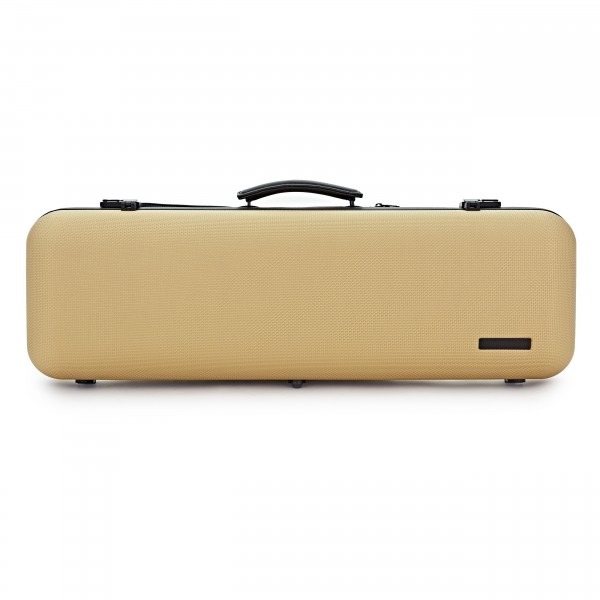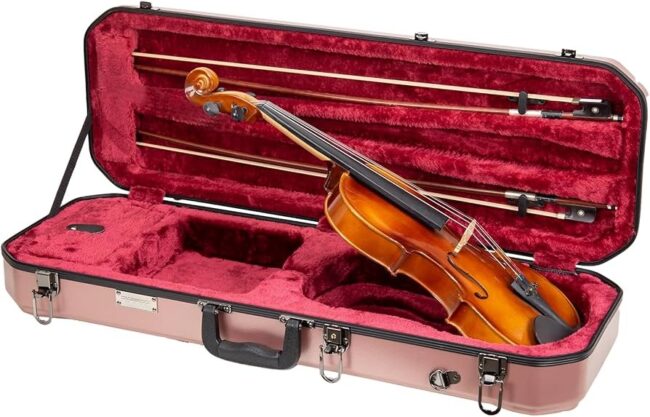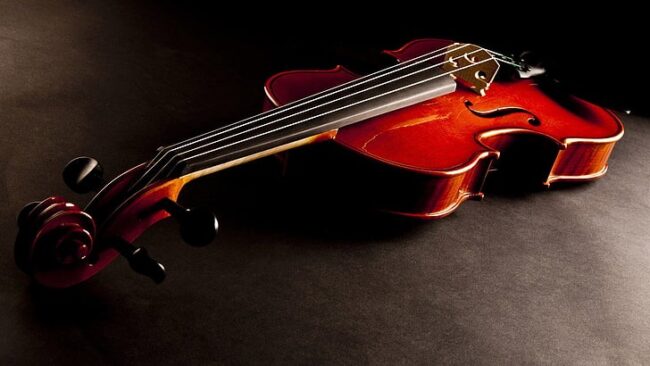Whether you’re gigging across town or touring the country, your violin is more than just an instrument—it’s your voice, your companion, and a serious investment.
But life on the road can be rough, and without the right precautions, your prized fiddle could end up with a cracked bridge or worse. Don’t fret (pun intended)! Here are five essential tips to keep your violin safe and sounding sweet, no matter where the music takes you.
1. Invest in a Road-Worthy Case

Let’s start with the basics: your violin’s first line of defense is its case. A flimsy, thrift-store find won’t cut it when you’re tossing it in the trunk or dodging a crowded backstage.
Look for a hardshell case with solid latches, cushioned interiors, and weather-resistant materials. Bonus points if it has a suspension system to cradle your violin and absorb shocks. Top brands like Gewa or Bam are favorites among touring musicians for a reason—they’re tough as nails and light enough to carry.
A good case can mean the difference between a minor bump and a major repair bill. Think of it as armor for your instrument, built to take a beating so your violin doesn’t have to.
Some even come with extra storage for bows and accessories, keeping everything in one place. Weight matters too—lugging around a heavy case gets old fast on a long tour. Spend a little more now, and you’ll save yourself headaches (and cash) down the road.
2. Control the Climate Like a Maestro
Temperature and humidity are your violin’s silent enemies. Too dry, and the wood risks cracking; too damp, and you’re begging for warped seams.
On the road, you can’t always control the venue, but you can pack a hygrometer and a humidifier (like a Dampit) in your case. Aim to keep humidity between 40-60%.
Heading to a desert gig or a rainy festival? Double-check your setup before you leave—your violin will thank you with every note.
Wood’s a living material, and it reacts to its environment more than you’d think. A sudden shift from a cold van to a steamy stage can throw off tuning or worse.
In extreme cases, glue joints can weaken, and that’s a repair you don’t want mid-tour. Keep an eye on your hygrometer like it’s part of your setlist—it’s that important.
A small investment in climate control now beats a big one in luthier fees later. Here are some other humidity tips to protect your violin.
3. Secure It in Transit

Ever seen a bag slide off a seat during a sharp turn? Now imagine that’s your violin. When traveling, always secure your case—whether it’s strapped into a car seat, stowed in an overhead bin, or tucked under a bus bench.
If you’re flying, opt to carry it onboard whenever possible (check airline policies first). And please, never check it with luggage unless you’ve got a flight case built like a tank.
A loose violin is a damaged violin. Use bungee cords or a seatbelt in the car to keep it from bouncing around.
On planes, a polite chat with the crew can sometimes score you a closet spot if overheads are full. Buses and trains? Keep it between your feet or on your lap—don’t trust the luggage rack.
Even a short trip can turn disastrous if your case takes a tumble. Treat your violin like a VIP passenger, not a forgotten roadie.
4. Maintenance On the Go
Tour life doesn’t leave much room for downtime, but a little TLC keeps your violin stage-ready.
Pack a small kit with essentials: a soft cloth for wiping rosin off strings, a spare set of strings (because they will snap mid-set), and a tuning peg compound for emergencies.
After every gig, give your instrument a quick once-over for loose fittings or wear. Spot a problem? Find a local luthier ASAP—don’t let a small issue turn into a road trip nightmare.
Rosin buildup can gunk up your strings and body, so wipe it down like it’s part of your cooldown routine. Check your bridge alignment too—travel jostling can knock it out of whack.
A stuck peg can derail a performance, so a dab of compound keeps things smooth.
Strings age faster with constant play, so swap them out before they break under pressure. Five minutes of care after a show can save you hours of stress later.
Newbies to the violin world might not spot these issues right away, so brushing up on troubleshooting common violin problems can be a lifesaver on the road. A little know-how goes a long way when you’re far from home base.
5. Avoid the “Oops” Moments

We’ve all heard the horror stories: the violin left in a hot car, knocked over by a clumsy bandmate, or forgotten at a gas station. Prevention is your best friend here.
Never leave your violin in extreme heat or cold (sorry, car trunk), and keep it in sight during stops.
At gigs, designate a safe spot away from foot traffic—ideally, somewhere you can see it. Pro tip: a brightly colored strap or tag on your case makes it harder to miss in the chaos.
Heat can melt varnish or warp wood faster than you’d believe—think 20 minutes in a summer car. Cold’s just as bad, shrinking wood and snapping strings like twigs.
Bandmates mean well, but a stray elbow near your case is a risk not worth taking.
During breaks, stash it somewhere secure, not on a wobbly amp. Stay paranoid about your violin’s whereabouts, and those “oops” moments stay stories, not realities.
Final Note
Your violin’s got your back on stage—return the favor by keeping it safe offstage. With a solid case, some climate smarts, and a little vigilance, you can hit the road with confidence, knowing your instrument’s ready to shine at every stop. Now, go play that encore like the pro you are!
